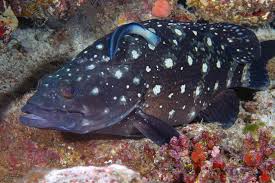
Dragons and the Dichotomy of Good and Evil in Chinese Folklore
In Chinese culture, the dragon is a complex and multifaceted symbol, embodying both benevolent and malevolent forces. While dragons are often revered as symbols of power, strength, and good fortune, they also represent the darker, more chaotic aspects of existence. This duality in the portrayal of dragons is most prominently featured in Chinese folklore, where…














